Java
Javarevisited
61

Image Credit: Javarevisited
10 Tips to create Maintainable Java Applications
- Creating maintainable Java applications is crucial in software development to ensure longevity in production.
- Experienced software developers are paid higher salaries due to their ability to create maintainable applications.
- Understanding the importance of easy maintenance and support is key for developers to build successful applications.
- This article provides tips on creating maintainable Java applications to benefit software developers in their careers.
Read Full Article
3 Likes
Medium
410

Image Credit: Medium
Sorting Lists in Java Using Collections.sort
- Using Collections.sort() in Java involves more than just rearranging values, with Java 8 introducing a shift in the internal mechanics.
- The method now delegates sorting to List.sort(), which uses TimSort to efficiently sort lists, recognizing patterns and optimizing performance.
- Collections.sort() is applicable to any list of objects that can compare themselves or have an external comparison rule.
- When sorting basic types like integers and strings, Java uses their built-in compareTo() method for comparison.
- Java also allows sorting in descending order by providing a reversed comparator or a custom lambda function.
- Handling null values during sorting requires the use of Comparator helpers like nullsLast() or nullsFirst().
- With custom objects, sorting in Java requires defining comparators to specify how objects should be compared during sorting.
- Using Comparator methods like comparingLong() and thenComparing() enables sorting by specific fields and chaining comparisons.
- Consistent comparators are vital for maintaining a predictable sorting order and preventing unexpected behavior.
- Clear and consistent comparison logic is crucial for proper functioning of sorting algorithms in Java.
Read Full Article
24 Likes
Javarevisited
319
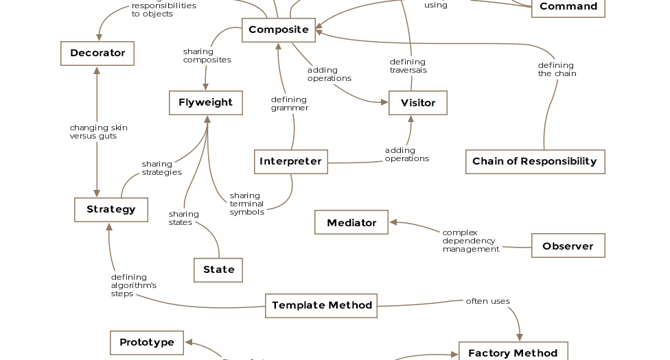
Image Credit: Javarevisited
Top 23 Design Patterns Experienced Java Programmers Should Learn
- Design Patterns are a tried and tested way of solving problems within a specific context, providing solutions discovered by the wider community.
- Learning Design Patterns can help in writing better code by utilizing established solutions to common object-oriented development tasks.
- There are 23 common object-oriented design patterns that experienced Java programmers should learn to enhance their coding skills.
- These patterns offer reliable solutions that may require some customization but generally provide effective problem-solving methods when applied correctly.
Read Full Article
19 Likes
Medium
354
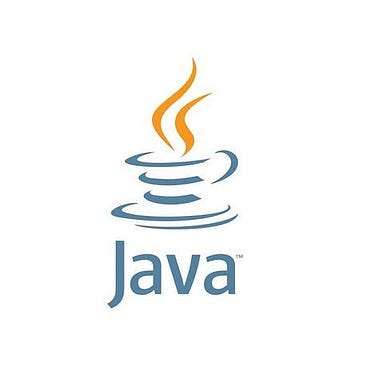
Image Credit: Medium
Converting a List to a Map in Java: Multiple Approaches
- The most modern and concise way to convert a List to a Map in Java is with the Stream API and Collectors.toMap().
- Handle key collisions with a merge function if the key extractor may produce duplicates to avoid IllegalStateException.
- For those not comfortable with stream syntax or using Java 7 or earlier, a simple loop can also be used for conversion.
- Choose the appropriate approach based on your use case and coding style, whether it be using the Stream API or traditional methods.
Read Full Article
21 Likes
Discover more
Byte Byte Go
322
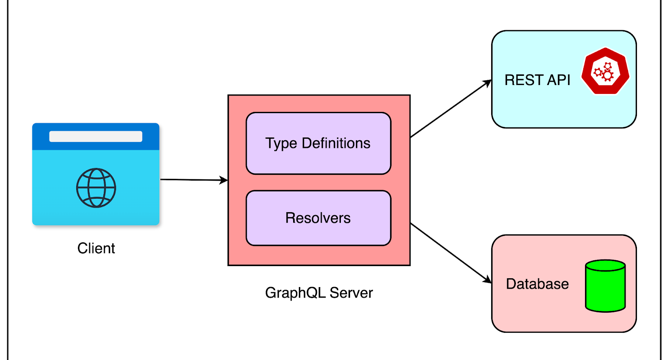
Image Credit: Byte Byte Go
How Netflix Runs on Java?
- Netflix's backend services predominantly run on Java due to the maturity and reliability of the ecosystem around it.
- The architectural backbone of Netflix includes a federated GraphQL platform connecting client apps to various Java backend services.
- Netflix relies heavily on Domain Graph Services (DGS) built with Spring Boot for implementing slices of the GraphQL schema.
- Netflix's services communicate over gRPC internally for efficient service-to-service calls and utilize GraphQL and HTTP for client interactions.
- The transition to JDK 17 and Spring Boot across Netflix services has led to significant improvements in garbage collection efficiency and reduced latency.
- Introduction of ZGC in JDK 21 brought low-pause garbage collection, resulting in reduced service interruptions and improved throughput.
- Implementation of Java virtual threads in Netflix services enabled better scalability and reduced resource consumption compared to traditional threading models.
- Netflix's custom stack on Spring Boot integrates various features like security, observability, service mesh, gRPC framework, and retryable clients.
- Netflix's strategic approach to evolve its Java architecture showcases the importance of continuous optimization and platform ownership for performance gains and reliability improvements.
- Key takeaways include the significance of leveraging modern JVM features, platform ownership, simplifying concurrency with virtual threads, and optimizing infrastructure for improved system reliability.
Read Full Article
15 Likes
Dev
998

Image Credit: Dev
Discover how ForkJoinPool powers Java's high-performance parallel processing
- Optimized Excel upload feature for transport operation plan in logistics system to enhance performance for administrators.
- Implemented parallel processing using parallelStream and Leveraged ForkJoinPool in Java for efficient task execution.
- ForkJoinPool breaks down large tasks into smaller subtasks for parallel processing, utilizing the work-stealing algorithm to keep threads busy.
- commonPool enables easy introduction of parallelism in applications but should be used carefully to prevent resource starvation.
Read Full Article
9 Likes
Hackernoon
390

Image Credit: Hackernoon
Using LLMs to Mutate Java Code
- Authors from various universities conducted a study on mutating Java code using Large Language Models (LLMs).
- LLMs are utilized to generate mutations by providing prompts based on the context of the Java program.
- Prompts play a crucial role in guiding LLMs' responses and improving the relevance and accuracy of the generated code.
- The study evaluated different LLMs such as GPT-3.5-Turbo, GPT-4-Turbo, CodeLlama-13b-Instruct, and StarChat-𝛽-16b for mutation generation.
Read Full Article
23 Likes
Feedspot
223

Image Credit: Feedspot
Java vs Python? Which Programming Language You Should Learn?
- The debate between Java and Python is similar to 'tabs vs spaces' or 'light mode vs dark mode' in the programming world.
- The choice between Java and Python depends on what you want to build, development speed, and career goals.
- Java, created in 1995, is used for enterprise applications, backend systems, and Android development with core values of reliability, portability, and security.
- Python, introduced in 1991, focuses on making programming accessible and enjoyable with a clean syntax and ease of learning.
- Java is a compiled language with the 'Write Once, Run Anywhere' feature, while Python is an interpreted language known for its simplicity and readability.
- Compiled languages like Java prioritize speed and efficiency, while interpreted languages like Python offer convenience and quick iteration.
- Java follows a two-step execution process converting code into bytecode running on the JVM, while Python executes code line by line.
- Java is faster due to JIT compilation, ideal for high-performance applications, while Python is slower but excels in AI, data science, and web development.
- Java requires static typing for variables, enhancing reliability, while Python's dynamic typing speeds up development.
- Java's memory management via JVM and Python's reliance on reference counting differ in efficiency, affecting large-scale applications.
Read Full Article
13 Likes
Medium
127
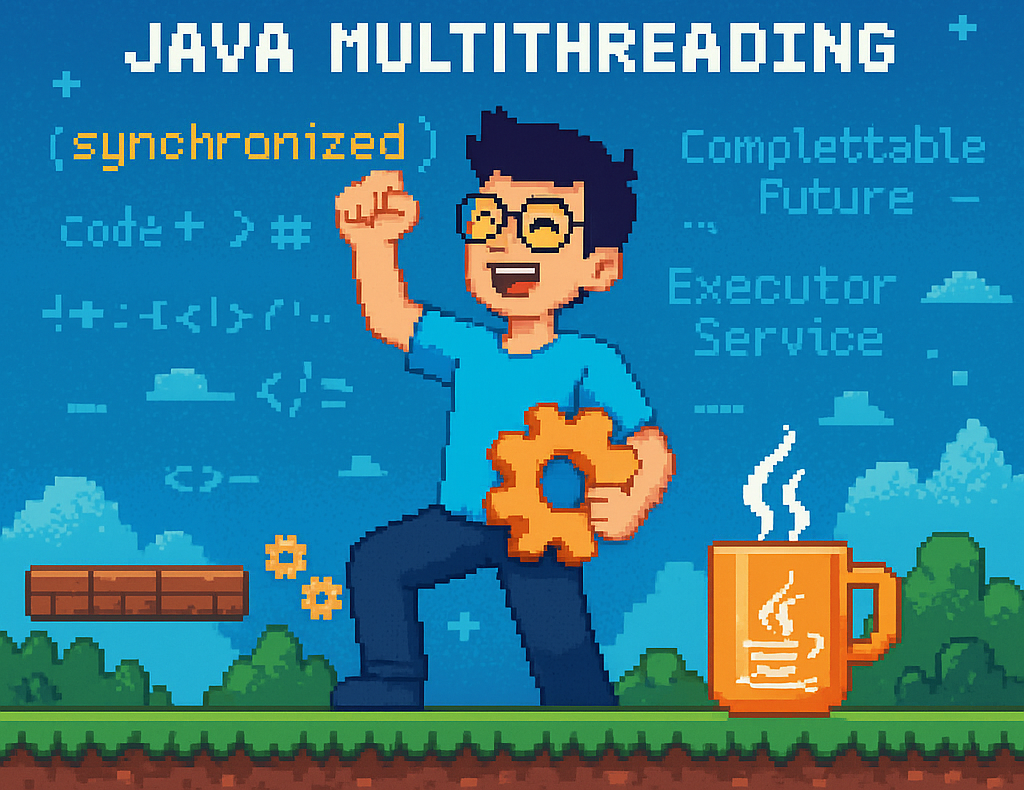
Image Credit: Medium
Code. Spawn. Synchronize. — A Guide to Java Multi-threading
- Multi-threading in Java allows applications to split responsibilities, delegate tasks, and handle complexity more efficiently.
- Threads in Java are created by extending the Thread class or implementing the Runnable interface, providing flexibility for different use cases.
- Thread states in Java include NEW, RUNNABLE, RUNNING, TIMED_WAITING, and TERMINATED, each representing a different stage of thread execution.
- Java provides synchronization mechanisms like locks and inter-thread communication to control access to shared resources and avoid data inconsistencies.
- ExecutorService in Java offers a high-level API for managing a pool of worker threads efficiently, improving performance and resource management.
- Future
in Java represents the result of an asynchronous computation, allowing for tasks to be executed and results retrieved at a later time. - ReentrantLock in Java provides full manual control over locking behavior, allowing the same thread to acquire the lock multiple times without getting blocked.
- CyclicBarrier is used to synchronize multiple threads at a common barrier point before proceeding together, helpful in scenarios where coordination is required.
- The volatile keyword in Java ensures immediate visibility of variable changes across threads, while AtomicInteger provides atomicity for concurrent updates without explicit synchronization.
- Java's concurrent utilities offer powerful abstractions for handling multithreading scenarios efficiently and effectively.
Read Full Article
7 Likes
Javacodegeeks
412

Image Credit: Javacodegeeks
Java Thread-per-Connection vs Thread-per-Request
- This article discusses the differences between the thread-per-connection and thread-per-request models in Java, focusing on managing client connections and processing requests.
- A connection is a persistent link between a client and a server, while a request is a communication unit asking the server to perform an action.
- In the thread-per-connection model, a new thread is created for each client connection to handle I/O operations, leading to simplicity but inefficiency with many idle connections.
- An example of this model is shown with a Java socket-based HTTP server creating a dedicated thread for each client connection.
- The thread-per-request model involves creating a new thread for each request, allowing better scalability and concurrency handling.
- An example is provided where each client message is processed in its thread using an ExecutorService with a cached thread pool.
- The article compares the performance and use cases of both models, highlighting their differences in thread count, overhead, suitability, throughput, and connection lifetime.
- Thread-per-request is recommended for high-throughput applications with many requests, while thread-per-connection is suitable for simpler scenarios with low to moderate traffic.
- Overall, understanding these models can help developers decide which approach to use based on their application's workload and scalability requirements.
- The article concludes by emphasizing the importance of selecting the right model for Java applications and provides the option to download the example source code.
Read Full Article
24 Likes
Infoq
360

Image Credit: Infoq
Java News Roundup: GlassFish, JEPs Targeted for JDK 25, TornadoVM, Hibernate Reactive, Spring Cloud
- The Java roundup for May 26th, 2025 covers GlassFish 8.0, four JEPs targeted for JDK 25, TornadoVM, Hibernate Reactive 3.0, and Spring Cloud 2025.0 releases.
- JEPs like Generational Shenandoah and JFR Method Timing are targeted for JDK 25, with ongoing updates on JFR CPU-Time Profiling.
- GlassFish 8.0.0 and 7.0.25 maintenance releases bring new features like improved class loaders and parallel capability.
- Jakarta EE progress includes imminent Jakarta EE 11 release and approved plans for Jakarta EE 12.
- TornadoVM introduces the GPULlama3.java project for GPU-accelerated inference, leveraging TornadoVM's capabilities.
- Spring Modulith 1.4.0 and Spring Cloud 2025.0.0 releases offer bug fixes, dependency upgrades, and new features.
- Hibernate Reactive 3.0.0.Final and Hibernate Search 8.0.0RC1 releases focus on compatibility and bug fixes.
- Quarkus 3.23.0 release introduces support for named persistence units and data sources with Hibernate Reactive.
- Groovy 5.0.0 beta release includes support for JEP 394 and a new injectAll() method in DefaultGroovyMethods.
- JHipster Lite 1.32.0 release brings bug fixes, improved documentation, refactoring, and new features like Docker Compose support.
- The article is authored by Michael Redlich, providing detailed insights into the Java ecosystem updates.
Read Full Article
21 Likes
Infoq
145

Image Credit: Infoq
Java 25 Introduces Stable Values API for Deferred Immutability and Improved Application Startup
- JEP 502, Stable Values (Preview), now Completed for JDK 25, introduces computed constants for deferred immutability and improved application startup.
- Stable Values API offers deferred immutability by allowing objects to be initialized once at any point during execution, enhancing performance and flexibility.
- The new API prevents performance issues related to eager object initialization and enables JVM constant-folding optimizations.
- Stable Values API introduces StableValue class for immutable value holders, stable suppliers, and stable lists, optimizing application startup and initialization strategies.
Read Full Article
8 Likes
Javacodegeeks
26

Image Credit: Javacodegeeks
Session Fixation and CSRF in Modern Java Apps: Still a Threat in 2025?
- Session Fixation and Cross-Site Request Forgery (CSRF) remain relevant threats in modern Java applications, even in 2025.
- Session fixation involves tricking a user into using a known session ID to gain unauthorized access, while CSRF exploits user sessions for malicious actions.
- Despite advancements like Spring Security's built-in protection, session fixation can still occur due to misconfigurations or overlooked settings.
- Similarly, CSRF protection is crucial, especially in apps using cookies for session management, even with state-of-the-art frameworks like Spring Boot.
- Developers need to be cautious of disabling CSRF protection, as it can leave applications vulnerable to attacks despite the move towards stateless APIs.
- Incorporating CSRF token mechanisms into SPAs and utilizing token-based authentication can enhance security measures against CSRF attacks.
- While OAuth2 and JWTs offer some level of immunity to CSRF attacks, they introduce new concerns like XSS, emphasizing the need for a balanced security approach.
- In 2025, attackers exploit hybrid flaws combining different attack vectors, highlighting the importance of understanding the entire authentication and session lifecycle.
- Overall, session fixation and CSRF threats persist in modern Java applications albeit in more subtle forms, underscoring the necessity of following security best practices and understanding the evolving threat landscape.
- To enhance security, developers should adhere to Spring Security defaults, maintain a comprehensive threat model, and approach authentication as a continuous flow rather than a one-time event.
Read Full Article
1 Like
Dev
87

Image Credit: Dev
Containerized Java Microservices: A Modern Architecture Approach
- Containerization with Docker is a crucial approach for designing scalable and maintainable architectures in software development.
- Benefits of using containerized Java microservices include improved scalability, easier deployment, better resource utilization, and enhanced isolation and management.
- To implement a containerized Java microservice architecture, you need to identify microservices, choose a containerization platform like Docker, create a Dockerfile, build and run the container, and integrate with other services.
- Following these steps enables the design of a scalable and maintainable Java microservice architecture using containerization with Docker.
Read Full Article
5 Likes
TechSpot
1.1k
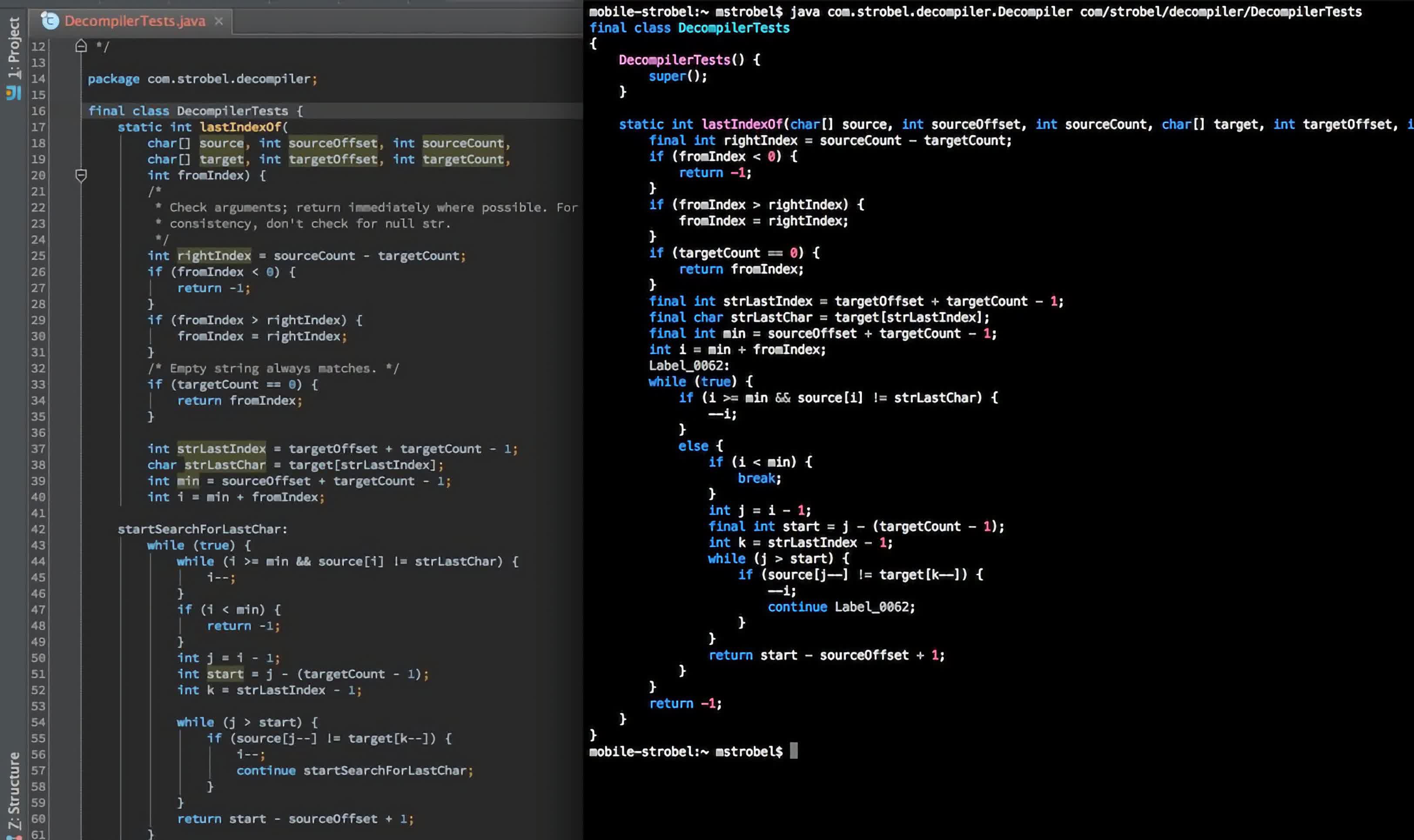
Image Credit: TechSpot
Java turns 30 and shows no signs of slowing down
- Java, released by Sun Microsystems in 1995, continues to thrive as a pillar of the software industry.
- Initially developed for consumer electronics, Java shifted focus to internet applications with its platform independence feature.
- Universities offer Java programming courses, and the language evolved with features like JavaBeans and JDBC in the late 1990s and early 2000s.
- Java, open-sourced in 2006 and later acquired by Oracle, remains a top choice for enterprise software due to its stability and ecosystem.
Read Full Article
25 Likes
For uninterrupted reading, download the app